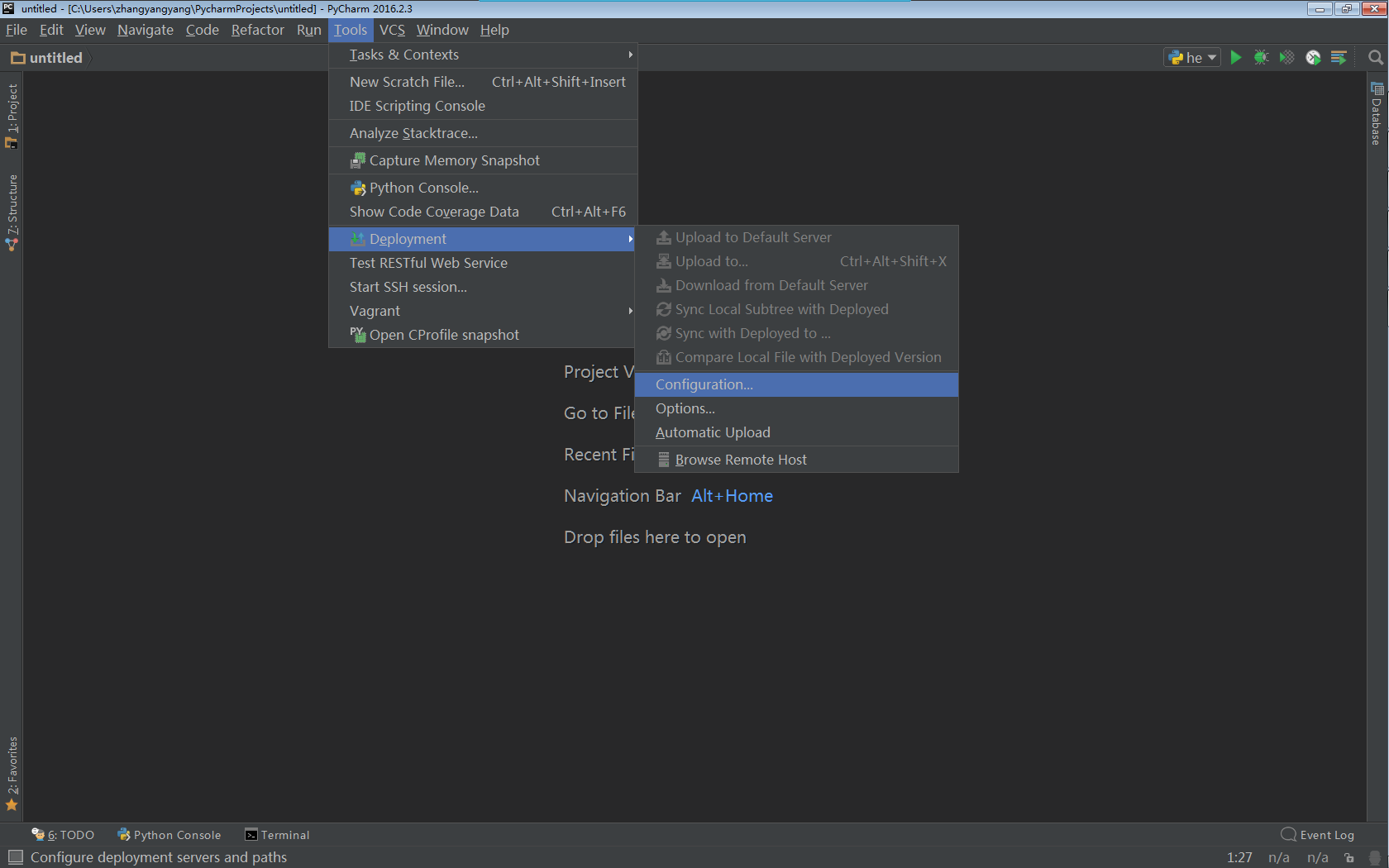Python help()函数用法详解
help函数是python的一个内置函数(python的内置函数可以直接调用,无需import),它是python自带的函数,任何时候都可以被使用。help函数能作什么、怎么使用help函数查看python模块中函数的用法,和使用help函数时需要注意哪些问题,下面来简单的说一下。
一、help()函数的作用
在使用python来编写代码时,会经常使用python自带函数或模块,一些不常用的函数或是模块的用途不是很清楚,这时候就需要用到help函数来查看帮助。
这里要注意下,help()函数是查看函数或模块用途的详细说明,而dir()函数是查看函数或模块内的操作方法都有什么,输出的是方法列表。
二、怎么使用help函数查看python模块中函数的用法
help()括号内填写参数,操作方法很简单。例如:
Help on built-in function dir in module builtins:
dir(...)
dir([object]) -> list of strings
If called without an argument, return the names in the current scope.
Else, return an alphabetized list of names comprising (some of) the attribut
es
of the given object, and of attributes reachable from it.
If the object supplies a method named __dir__, it will be used; otherwise
the default dir() logic is used and returns:
for a module object: the module's attributes.
for a class object: its attributes, and recursively the attributes
of its bases.
for any other object: its attributes, its class's attributes, and
recursively the attributes of its class's base classes.
三、使用help函数查看帮助实例
在写help()函数使用方法时说过,括号中填写参数,那在这里要注意参数的形式:
1、查看一个模块的帮助
之后它回打开这个模块的帮助文档
2、查看一个数据类型的帮助
返回字符串的方法及详细说明
>>>help(a)
这时help(a)则会打开list的操作方法
会显示list的append方法的帮助

